Stereoscopic Poincaré
Stereoscopic Poincaré
Mauricio Reyes
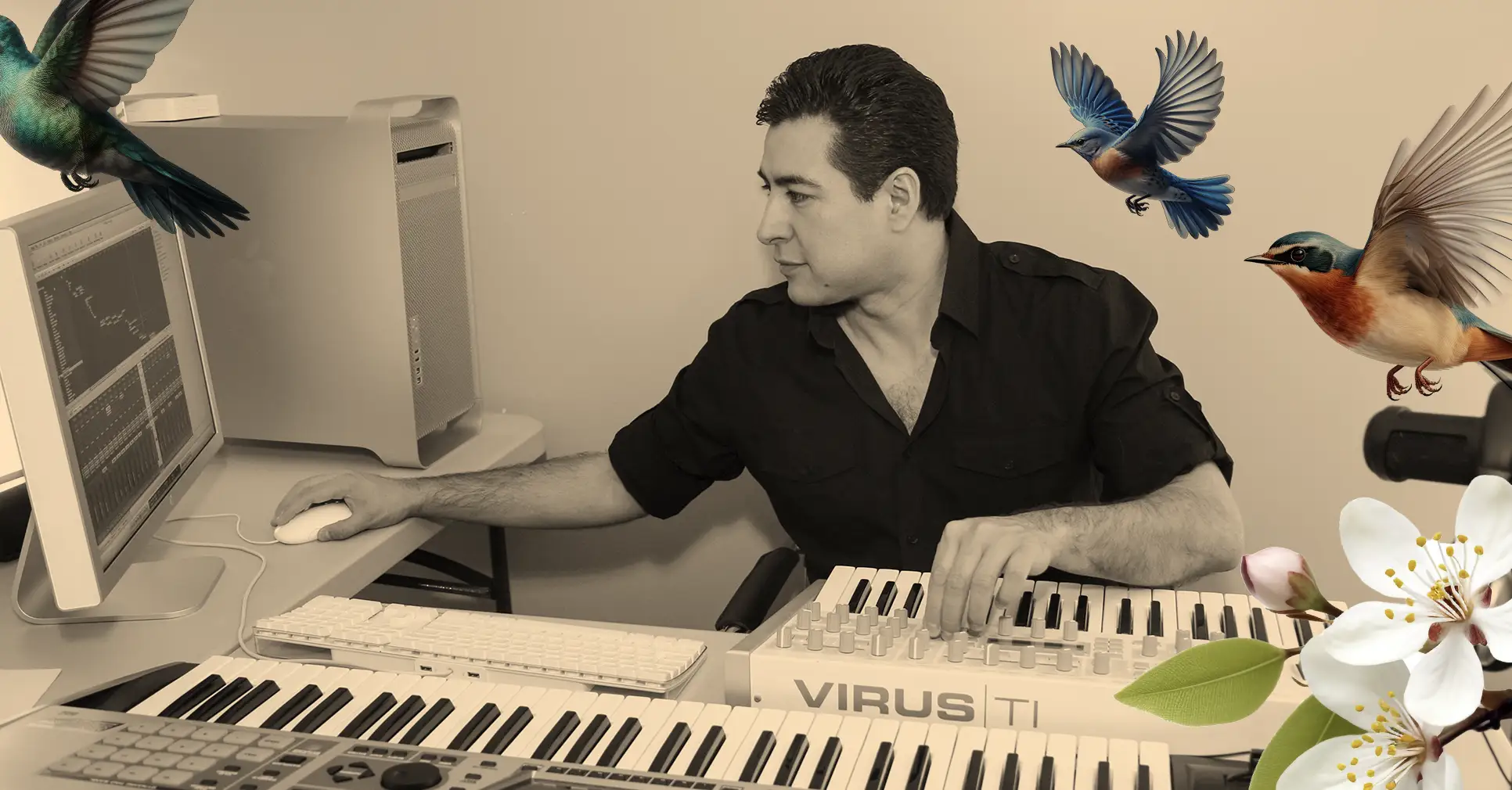

Electroacoustic Abstractionism
Electroacoustic Abstractionism
Mauricio Reyes was born in Mexico City. His career has alternated between Music and Fine Arts. At the age of 19, he obtained a scholarship from Conahcyt to study visual arts at Middlesex University in London, England, between 1991 and 1994. In 1995, during his master’s degree at Kent State University, in the state of Ohio, he learned Kinetic Design and digital music composition, where he became acquainted with the work of theorists such as Iannis Xenakis and Bruno Maderna. A huge interest in the work of Luigi Russolo prompted him to experiment with various objects, such as stones and rusted metal sheets, to produce interesting sounds. Without the means to remix or record them, he joined the “Open Notes” radio experimentation workshops in Baltimore, Maryland, in the United States.
Fascinated by the possibilities offered by new digital technologies, Reyes experimented with the techniques of William Burroughs and Brion Gysin by cutting recordings into segments and remixing all their parts. He experimented with multiple recordings at once, as well as playing them in reverse. To have absolute creative freedom, Reyes created his own label, Telekinett Records (www.telekinett.com) between 2004 and 2008. Telekinett is a record label dedicated to the preservation, study and promotion of experimental, atonal, electronic, and electroacoustic music.
In addition to a lifetime of collecting experimental music and studying a wide range of musical genres, Reyes has also exercised his creative powers as a typographer and graphic designer, for which he studied at the Universidad Nacional Autónoma de México, the Universidad Autónoma de Guadalajara, Middlesex University in London, England, and Kent State University in the United States.
One of Mauricio Reyes’s most recent projects is Oculi Mortuus, a recording based on the readings of William Burroughs and the tragic murder of his wife Joan Vollmer in the Roma neighborhood of Mexico City in 1951. Currently, Reyes collaborates with several eminent electroacoustic artists to produce various projects based on themes and art such as Vorticism, Constructivism, and Futurism. His next project is called “DADA Musik” in honor of Walter Gropius, founder of the Bauhaus, and pacifist Hugo Ball.
Reyes is the creator, curator, and coordinator of the project 9 Beet Stretch 2.0: Meta Tones Et Symphonia Extenta. He established the Ambisonic Guild, a group of collaborating contemporary electroacoustic artists from different countries and time zones.
Mauricio Reyes lives in Washington, D.C., USA.
Sonography
Notable Electronic Works and Recordings


To Tamayo – Audio Collage – 2007
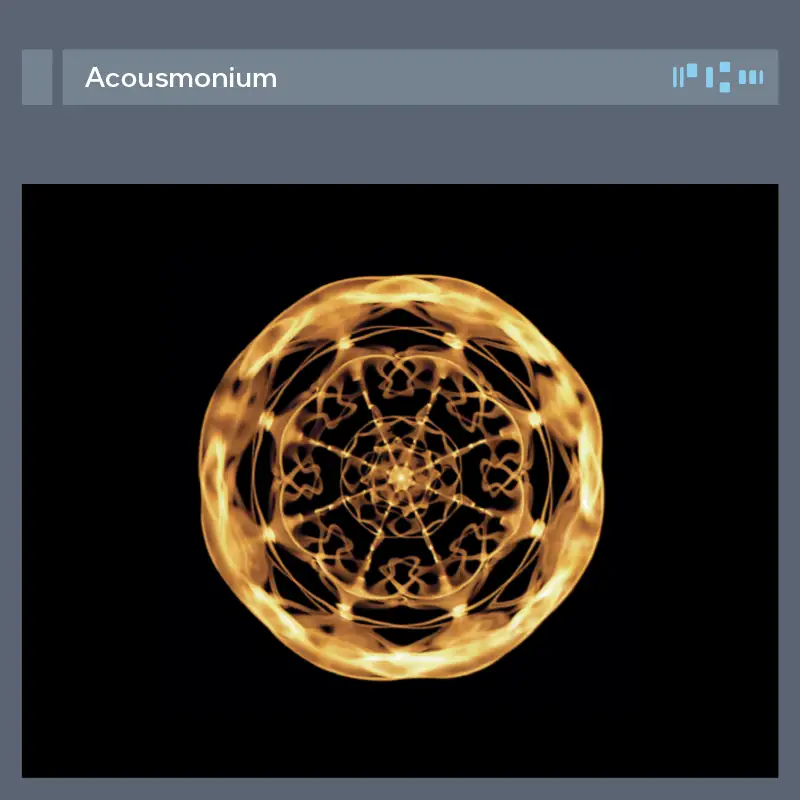
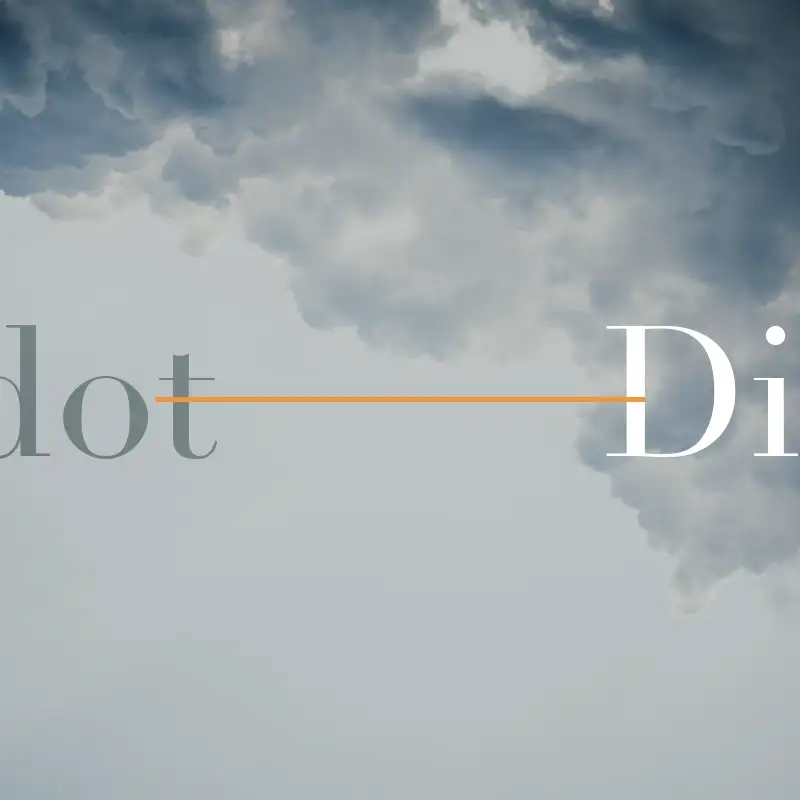
• Music for Trees
• The Dream of the Clouds
• Unreachable Memories
• Ode to Air
• Lead Clouds (The Sound of Didot)
• The Lost Language of Water
• To Tamayo
• I’m Falling (Tribute to Delia Derbyshire)
• Yes, I am
• Hyperesthesia
• Neuropatía
• Paradoja modular
• Metateorema
• Música Metafísica
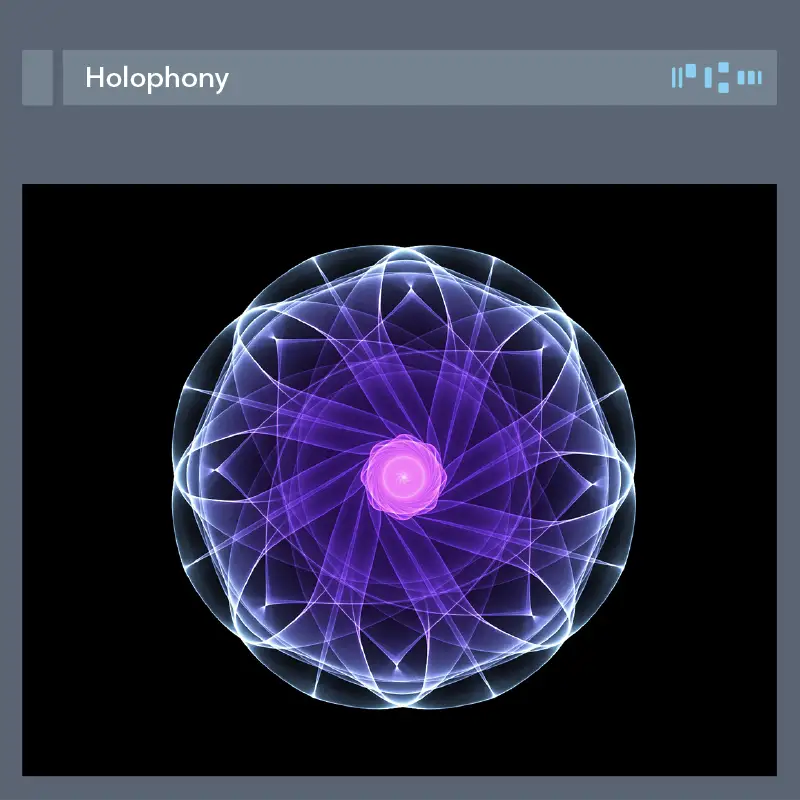
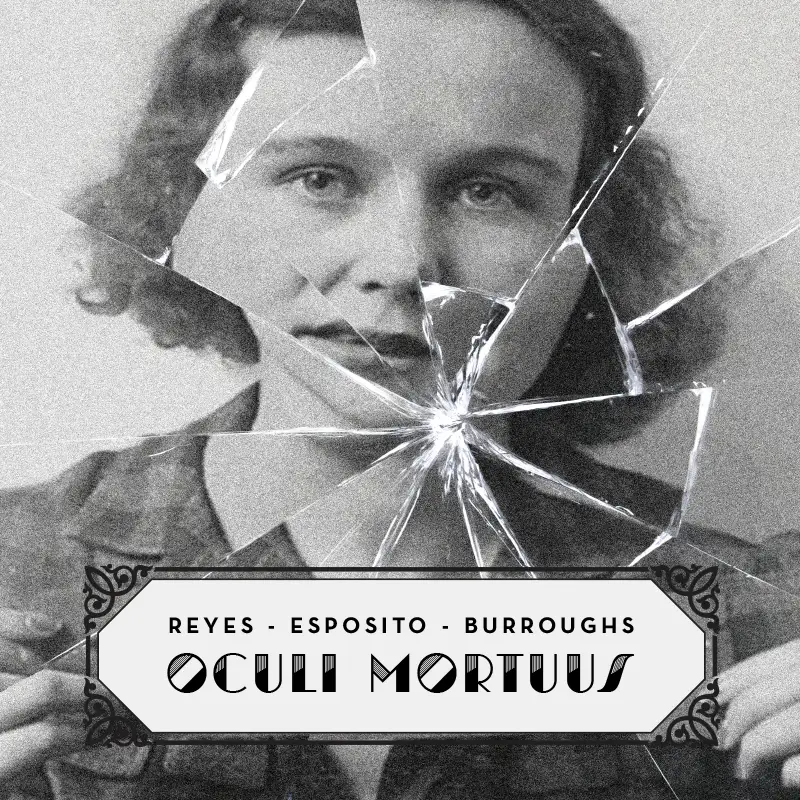
• Spiricom: A Transmission from the other side
• Acousmonium
• The Corona Effect
• Stubborn Men
• Exosphere
• Otoacoustic Transmission
• Audiometry
• Love Song for Duchamp
• Oculi Mortuus
• Psionic Signal
• The Lasst Broadcast from the Future
• God, Blind Me
• Estereoscopic Poincaré (with Adi Newton)
• To Manuel Ponce
• Music for Trees
• The Dream of the Clouds
• Unreachable Memories
• Ode to Air
• Lead Clouds (The Sound of Didot)
• The Lost Language of Water
• To Tamayo
• I’m Falling (Tribute to Delia Derbyshire)
• Yes, I am
• Hyperesthesia
• Neuropatía
• Paradoja modular
• Metateorema
• Música Metafísica
• Spiricom: A Transmission from the other side
• Acousmonium
• The Corona Effect
• Stubborn Men
• Exosphere
• Otoacoustic Transmission
• Audiometry
• Love Song for Duchamp
• Oculi Mortuus
• Psionic Signal
• The Lasst Broadcast from the Future
• God, Blind Me
• Estereoscopic Poincaré (with Adi Newton)
• To Manuel Ponce
Stereoscopic Poincaré: Aural Manifesto
Stereoscopic Poincaré: Aural Manifesto
Program
Movement I – Birth
Movement II – My Mother
Movement III – Leaving Home
Movement IV – Violent Poetry
Movement V – The Lightness of Being
Program
Movement I
Birth
Movement II
My Mother
Movement III
Leaving Home
Movement IV
Violent Poetry
Movement V
The Lightness of Being
Catalog
Title
Mexican poet and essayist Octavio Paz reading from his work
Summary
Mr. Paz reads from his following works: “Aguila o sol?”, “Semillas para un himno,” “Salamandra,” and “Piedra del sol.”
Names
Paz, Octavio, 1914-1998
Archive of Hispanic Literature on Tape (Library of Congress)
Created / Published
1961.
Contents
From book “¿Aguila o sol?” : “Trabajos del poeta” (min. 00:03) — From book “Semillas para un himno” : “Al alba busca su nombre lo naciente” (min. 37:56); “Fábula” (min. 38:55); “Cerro de la estrella” (min. 40:36); “Día” (min. 42:37); “Piedra nativa” (min. 44:32); “Primavera y muchacha” (min. 45:31); “Refranes” (min. 46:41) — From book “Salamandra”: “Madrugada” (min. 49:06); “Garabato” (min. 49:32); “El puente” (min. 50:11); “Cosante” (min. 50:54); “Duración” (min. 52:02); “Temporal” (min. 53:50); “Salamandra” (min. 55:35) — From book “Piedra del sol” : “Piedra del sol” (min. 1:02:30).
Technical Data
Notes
– Prose and poems in Spanish.
– Recorded Mar. 23-24, 1961, at the Library of Congress Recording Laboratory, Washington, D.C.
– Recorded for the Archive of Hispanic Literature on Tape.
– Archive of Hisp. Lit. on Tape, p. 375-377.
– Preservation master. Washington, D.C.: Library of Congress Magnetic Recording Laboratory, 1973 or 74. 2 sound tape reels: analog, 7 1/2 ips, full track, mono. ; 10 in.
– Production-level cataloging.
– Also available in digital form on the Library of Congress Web site.
Medium
2 sound tape reels (ca. 97 min.): analog, 7 1/2 ips, full track; 10 in.
Call Number/Physical Location
RAA 42193-42194 (original — not for playback)
LWO 3289 reels 1-2 (preservation master)
Library of Congress Control Number
93842718
Online Format: audio

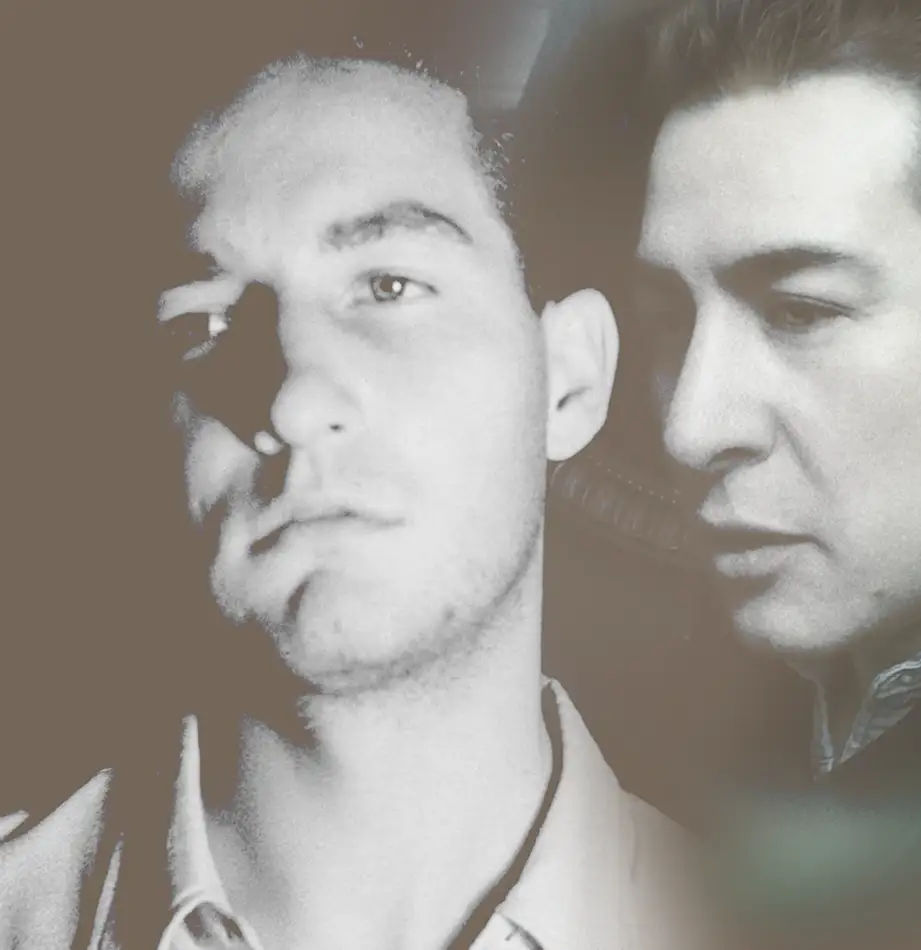
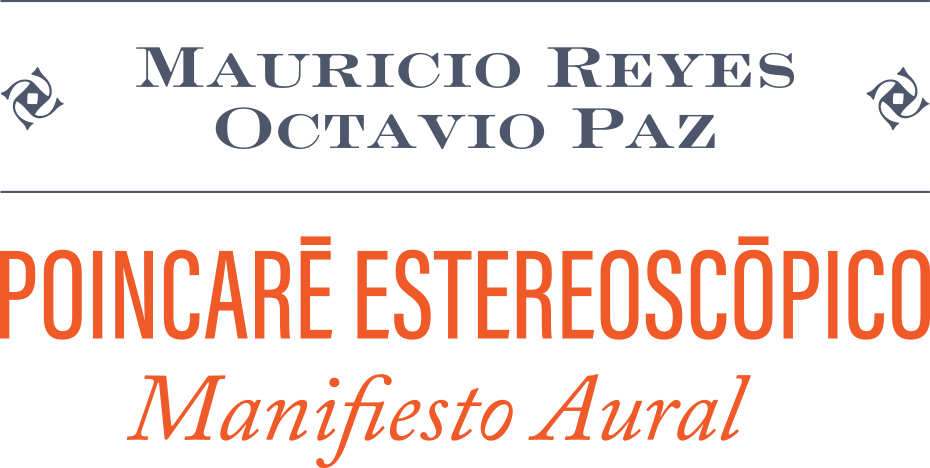
“Solitude, the feeling and knowledge that one is alone, and excluded from the world, is not an exclusively Mexican characteristic. All men, at some point in their lives, feel lonely. And they are. To live is to separate from what we were to get closer to what we will be in the future. Solitude is the most profound fact of the human condition.”
Octavio Paz